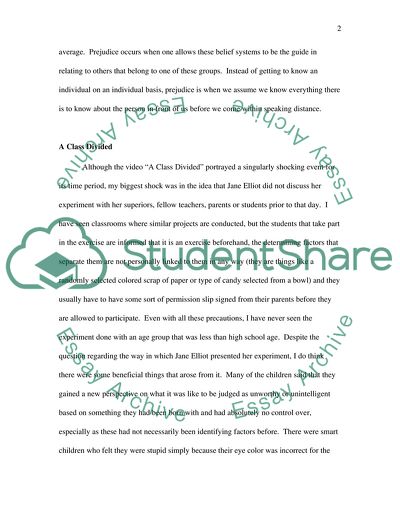Racism, Sexism and Prejudice Essay Example | Topics and Well Written Essays - 1750 words - 3. https://studentshare.org/gender-sexual-studies/1703415-psychology
Racism, Sexism and Prejudice Essay Example | Topics and Well Written Essays - 1750 Words - 3. https://studentshare.org/gender-sexual-studies/1703415-psychology.


